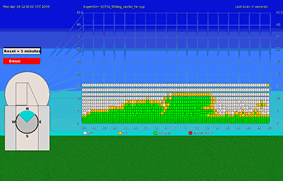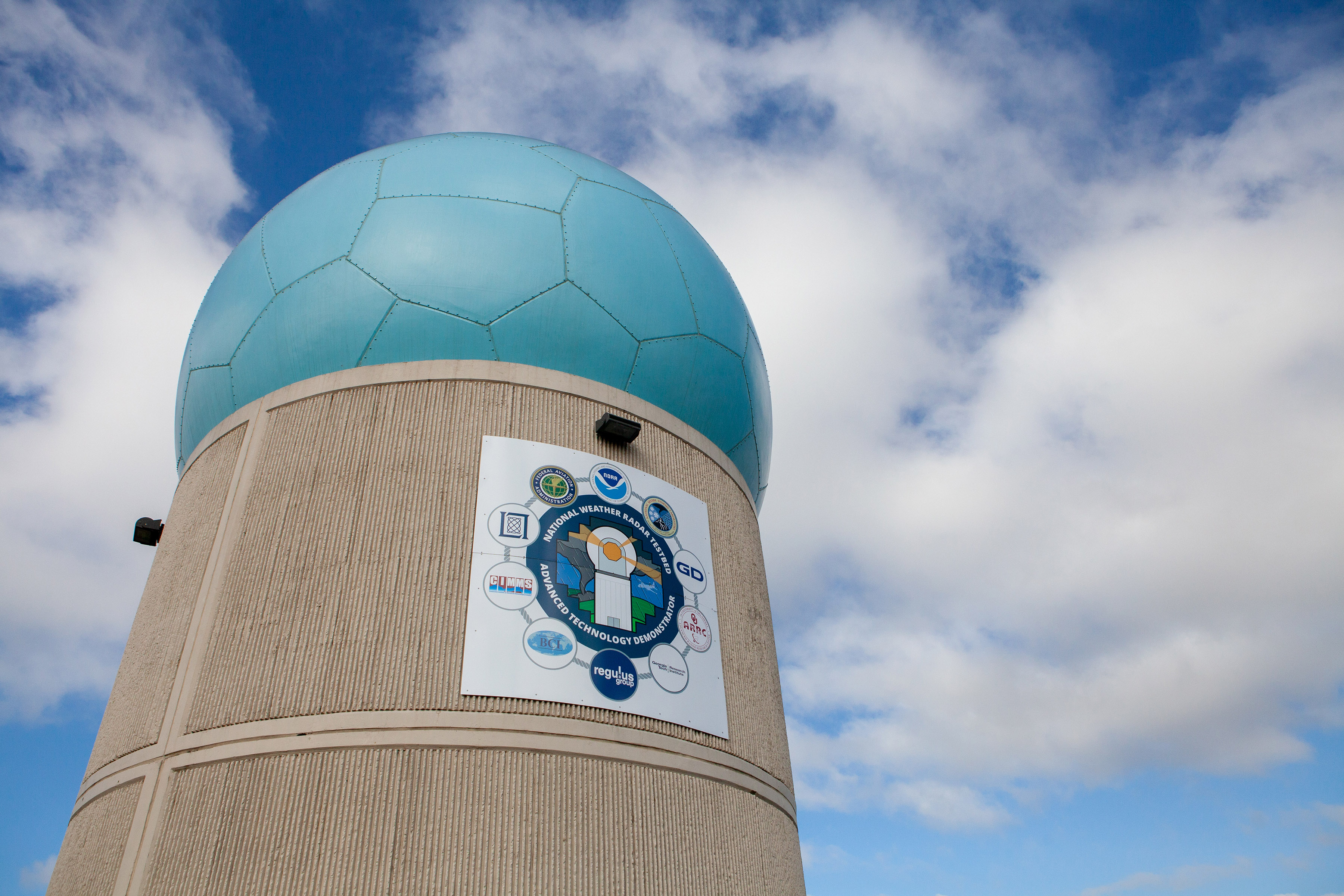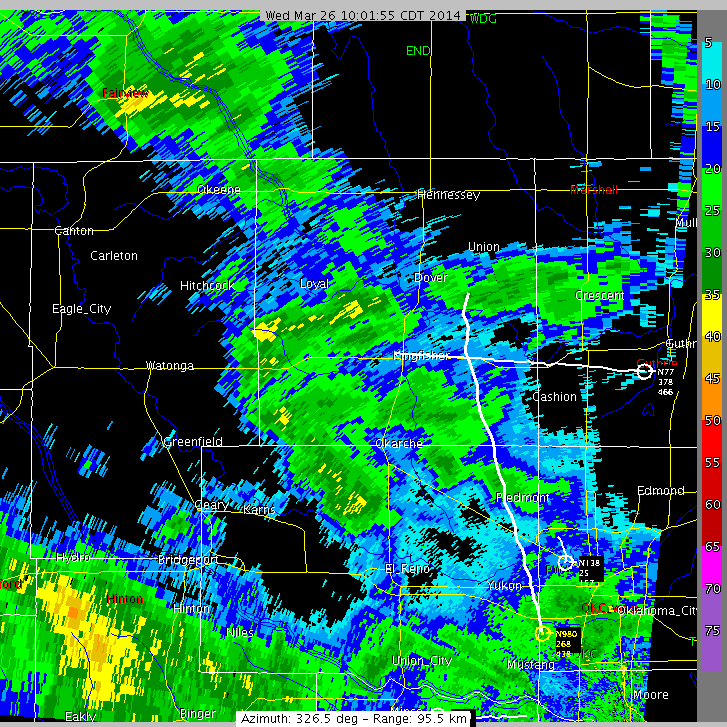 Efficient sampling of storms is a critical need for forecasters in severe weather warning situations. Phased array radar technology, with its electronically steered beam, has the potential to meet this need by giving users the ability to control how, when, and where the radar scans. This means the radar can be directed to focus its beam only where storms are detected, without the mechanical inertia associated with rotating a parabolic antenna. Focused observations of storms lead to faster updates since the radar does not waste time scanning clear-air regions.
Efficient sampling of storms is a critical need for forecasters in severe weather warning situations. Phased array radar technology, with its electronically steered beam, has the potential to meet this need by giving users the ability to control how, when, and where the radar scans. This means the radar can be directed to focus its beam only where storms are detected, without the mechanical inertia associated with rotating a parabolic antenna. Focused observations of storms lead to faster updates since the radar does not waste time scanning clear-air regions.
NSSL/CIMMS researchers developed the Adaptive Digital signal processing Algorithm for PAR Timely Scans (ADAPTS) to take advantage of this ability by “turning on” or “turning off” individual beam positions based on storm continuity, coverage and significance. ADAPTS also includes criteria to continuously monitor low-altitude developments and follow storm movement and growth.
The original prototype was tested during the spring of 2009 and demonstrated significant performance improvement leading to reduced observation update times.
“The new ADAPTS II prototype has been enhanced to allow the user to define scanning strategies for different weather situations, rather than pre-set general scanning strategies used in the original version,” says NSSL/CIMMS researcher Sebastian Torres, leader of the National Weather Radar Testbed (NWRT) Software and Signal Processing Upgrades project.
Testing of the ADAPTS algorithm using the National Weather Radar Testbed begins on April 12. Researchers believe they will see even faster updates than before, which could help make severe weather warnings more accurate and timely.


